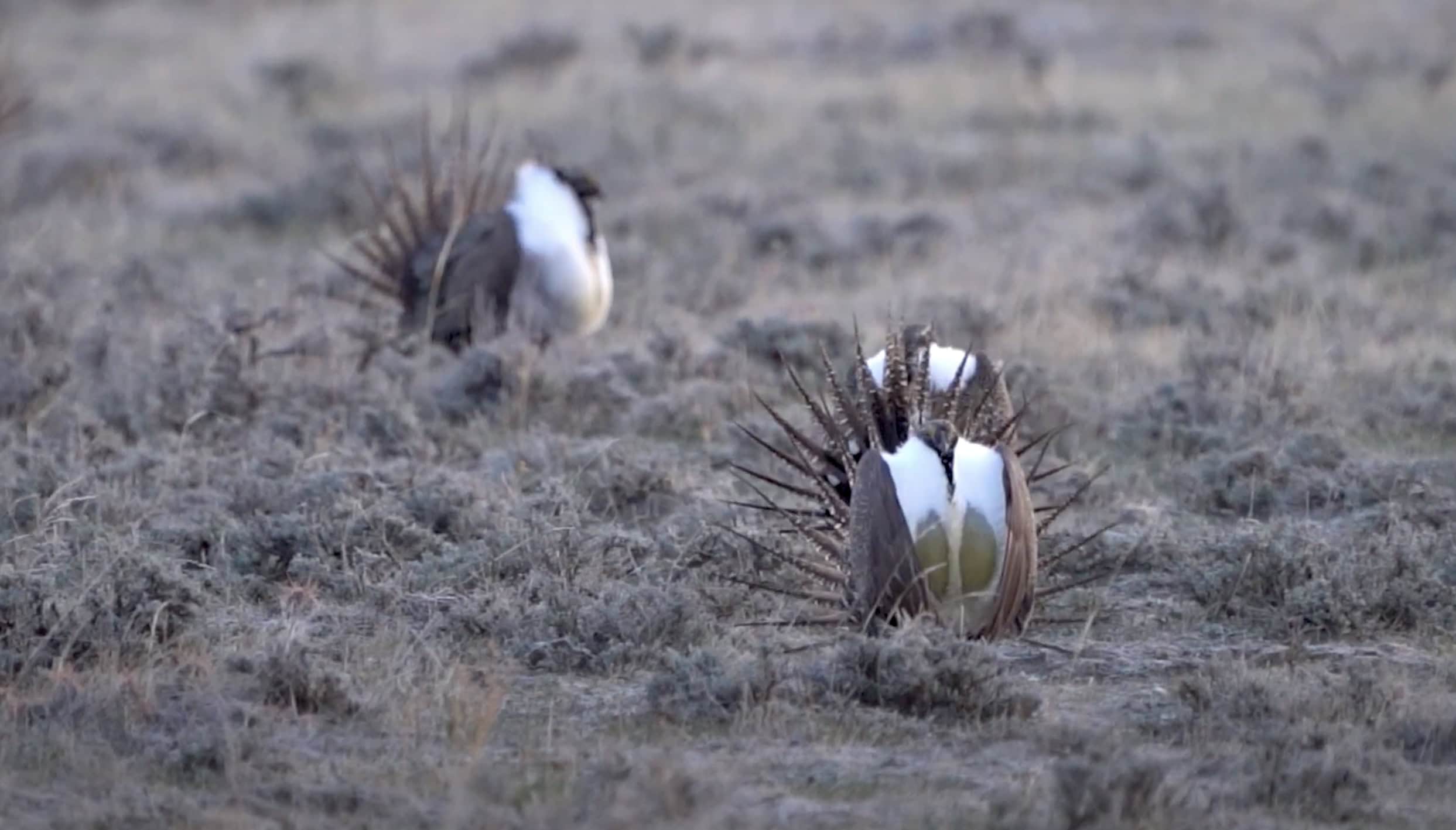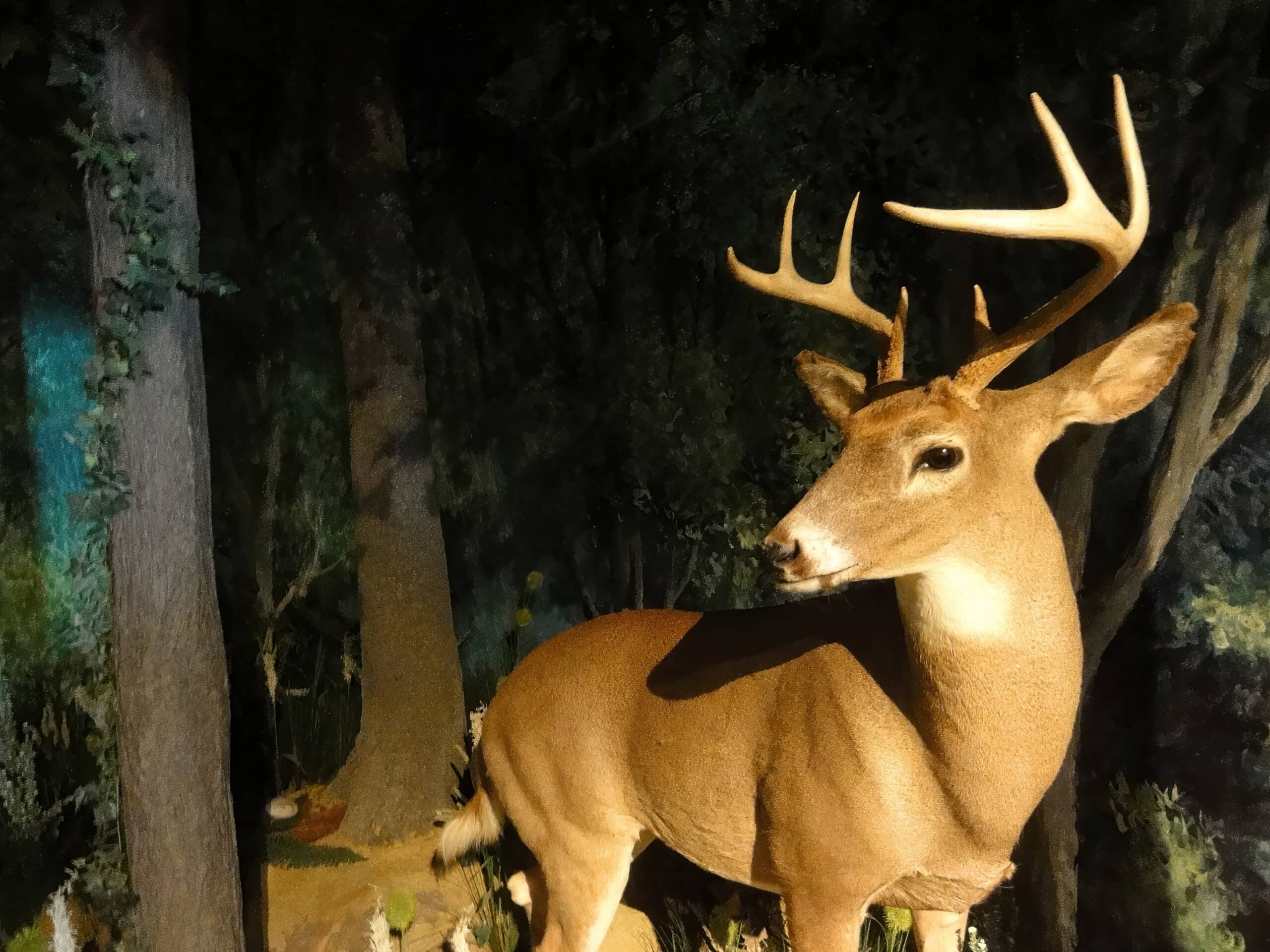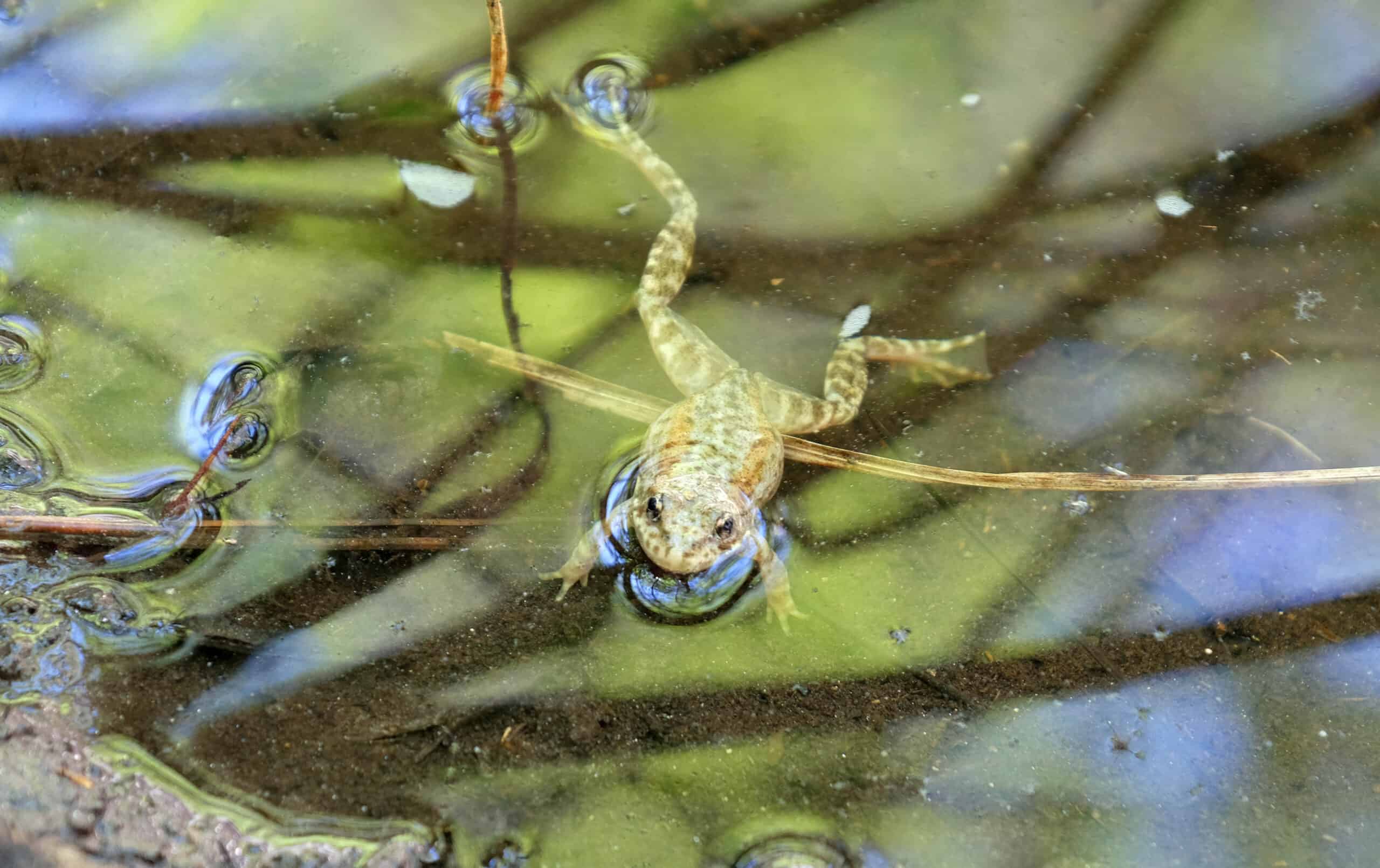Share this article
Resources Featured in this article
Emerging threat of wildlife disease warrants revamped National Wildlife Health Center
The National Wildlife Health Center is addressing overcrowded laboratories and outdated technology
The United States Geological Survey will be revamping the National Wildlife Health Center in Madison, Wisconsin. The Wildlife Society previously signed on to a letter supporting $55 million in funding for the first phase of renovations.
“The National Wildlife Health Center (NWHC) continues to deliver impactful science on emerging diseases; for example, the Center produced rapid assessments of the risk of SARS-CoV-2 transmission from humans to wildlife that were instrumental in the development of interventions to protect people and wildlife populations,” TWS stated in its letter.
The NWHC is the only national center dedicated to wildlife disease detection, control, and prevention. The Center researches and investigates prevalent and emerging wildlife diseases as well as mass wildlife mortality from disease outbreaks. They develop national strategies to prevent and contain emerging wildlife diseases. Recently, the NWHC was on the front lines of detecting and controlling the ongoing avian influenza outbreak.
In its Notice of Intent to Prepare an Environmental Impact Statement (EIS), the United States Geological Survey cited overcrowded laboratories and administrative areas as one of the reasons for the necessary renovations. They also emphasized a need for additional space for animal care and research as well as updated technology for biosafety engineering and equipment. “The NHWC needs a modern facility with sufficient space and modern technologies to support their mission-essential research,” the USGS wrote in its statement.
The increasing prevalence of wildlife disease adds to the urgency of renovations and updates to the NHWC. Wildlife diseases can eliminate wildlife populations, damage ecosystems, kill livestock, and threaten human health. As scientists predict more wildlife diseases will emerge and outbreaks will spread globally, overcrowded laboratories and outdated technology will hold back the frontlines from handling these issues in the U.S.
Going forward, TWS has advocated in testimony to the House and Senate Interior Appropriations subcommittees for the remaining $82 million of the renovation budget to be approved to ensure the USGS can complete all needed renovations to the NWHC. The new facility opening date is dependent on two key factors: the progress of the EIS process and the allocation of funds by Congress.
Header Image: Prairie dogs have suffered from sylvatic plague since 1949. The National Wildlife Health Center is tasked with handling diseases like this. Credit: Lee Winnike /USFWS








